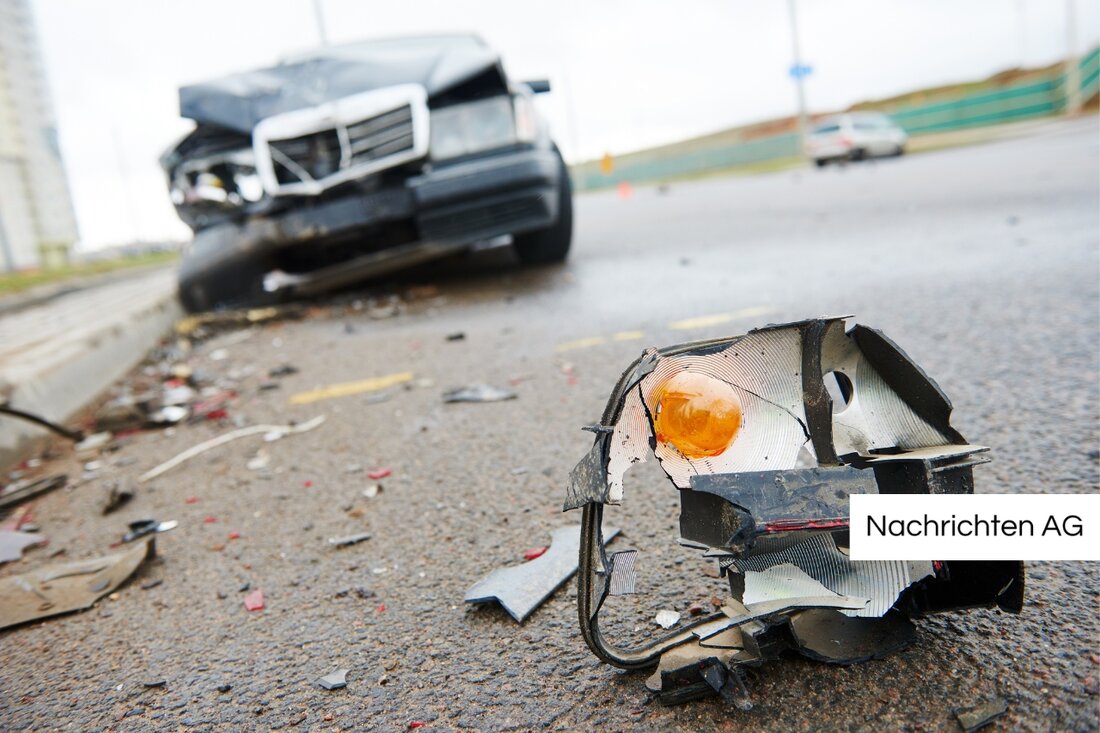Drama during qualifying: Tsunoda rolls over in Imola!
Yuki Tsunoda had an accident today during qualifying for the Emilia-Romagna Grand Prix in Imola and was able to retire injured.

Drama during qualifying: Tsunoda rolls over in Imola!
On May 17, 2025, a dramatic incident occurred during qualifying for the Emilia-Romagna Grand Prix in Imola when Red Bull Racing's Yuki Tsunoda suffered a serious accident. Just a few seconds into the session, the driver entered a curve at around 300 km/h but lost control of his vehicle. The rear of the car broke away, causing a rollover that caused Tsunoda's RB21 to crash into the barrier. This triggered the red flags and qualifying had to be stopped for around 15 minutes before it could resume. Max Verstappen, Tsunoda's teammate, was concerned and asked about the driver's condition in his pit box as he drove past the damaged car.
After the accident, Tsunoda, who initially stayed in his car, was eventually able to get out of the vehicle himself without any apparent injuries. However, an initial diagnosis of the extent of the injury is still pending, while the car suffered significant damage from the impact. Tsunoda had previously attempted to set a first lap in qualifying when the Turn 6 incident occurred. His car spun into the gravel at high speed and rolled over upon impact with the tire barriers before landing back on its wheels and coming to rest in the gravel. These events highlight the dangers that still exist in motorsport, despite numerous advances in safety technology.
Advances in motorsport safety
Safety in motorsports has improved significantly in recent decades. Historically, accidents in motorsports were often viewed as inevitable, and in the 1960s drivers died regularly. However, safety technologies, including the crash helmet (1952) and the roll bar (1959), were implemented to minimize the risks. Peter Wright, the former head of the FIA Safety Commission, described the ignorance of safety issues at the time as problematic.
The introduction of modern materials such as carbon fiber in 1981, making cars lighter and safer, changed the landscape of driver injuries. Aluminum chassis resulted in serious leg injuries, while carbon fiber reduced the risk to the legs but caused neck injuries. After fatal accidents, particularly in Imola in 1994, safety measures were further strengthened.
Accident researchers have discovered that findings from road accidents can also be transferred to racing. An accident data recorder has been mandatory in Formula 1 since 1996 and provides detailed data on accidents. Safety devices such as neck restraints and the Hans system are now standard to increase driver safety.
The introduction of Safer Barriers and Tecpro barriers has significantly improved safety at racetracks, and Halo Protection, introduced in 2018, shows the pursuit of greater safety, but is not without controversy. The constant evolution of safety measures continues to influence the design of racetracks and vehicles, which is a necessary step to ensure the safety of drivers.
Given Yuki Tsunoda's recent accident, it is clear that despite advances in motorsport safety, risks can never be completely eliminated. It remains to be hoped that Tsunoda will soon be healthy again and on the race track after his dramatic fall.

 Suche
Suche
 Mein Konto
Mein Konto
